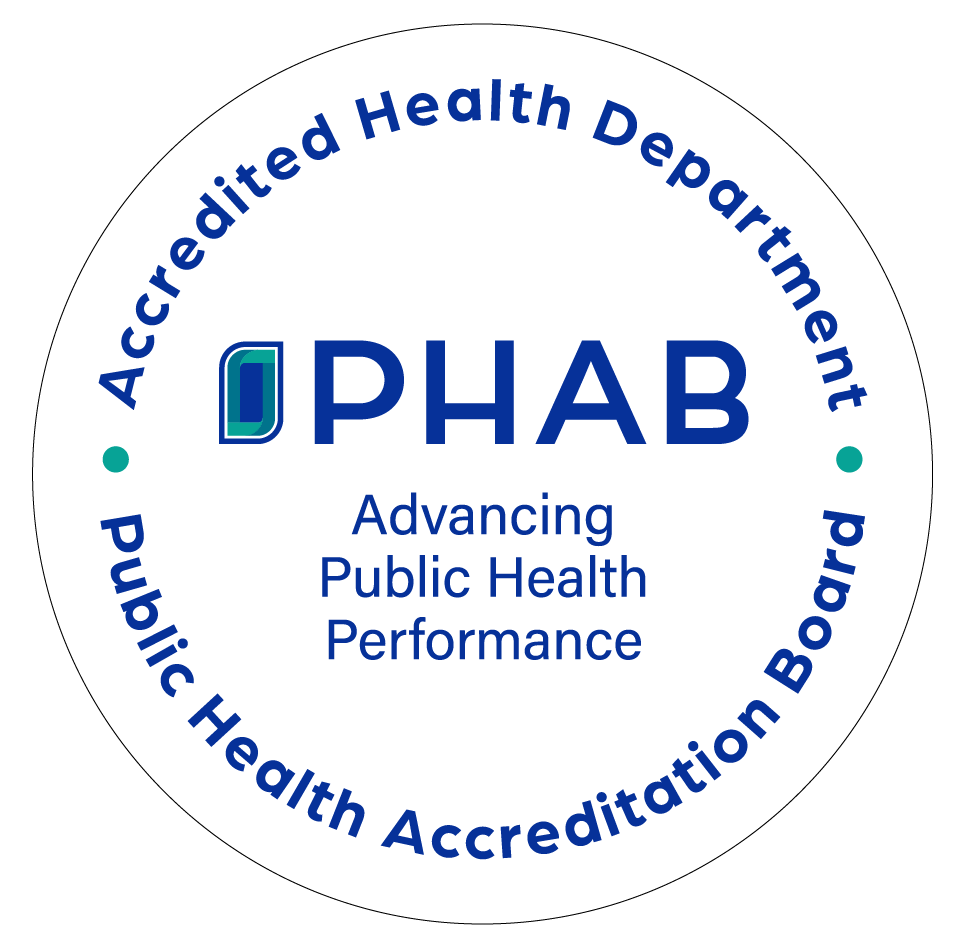Nutrition Basics
The Dietary Guidelines for American, 2020-2025 provides advice on what to eat and drink to meet nutrient needs, promote health, and help prevent chronic disease.
Keep your intake of added sugars to less than 10% (e.g., 200 calories if you consume 2,000 calories in a day) of your total daily calories. Naturally occurring sugars, such as those in fruit or milk, are not added sugars. If “added sugars” is not yet on the label, use the ingredient list to find added sugars such as brown sugar, maple sugar, corn sweetener, corn syrup, honey, malt syrup, and molasses.
Read the Nutrition Facts labels on your packaged food and drinks to keep track of sugars, fats, protein, and other nutrients.
Most of the sodium we consume is in the form of salt. In most people’s diets, the majority of salt comes from processed and restaurant foods. Read labels and choose the product with less sodium.
Drink plain water instead of sugary beverages to reduce the number of calories and added sugar you consume. Read the Nutrition Facts label on a product to see how many calories are in your drink.
Limit the serving size of the treats you eat. If you are going to have dessert, keep it small. Take the Portion Distortion Quiz and learn how food portion sizes have changed in 20 years.
Be sure you know how many servings are in the food you are eating. For example, if you buy what looks like an individual sized chicken pie, check the Nutrition Facts label before you assume that the whole pie is one serving. It might actually be two servings. If you eat the whole pie, you will eat twice as many calories, twice as much sodium, and other nutrients listed on the label.


